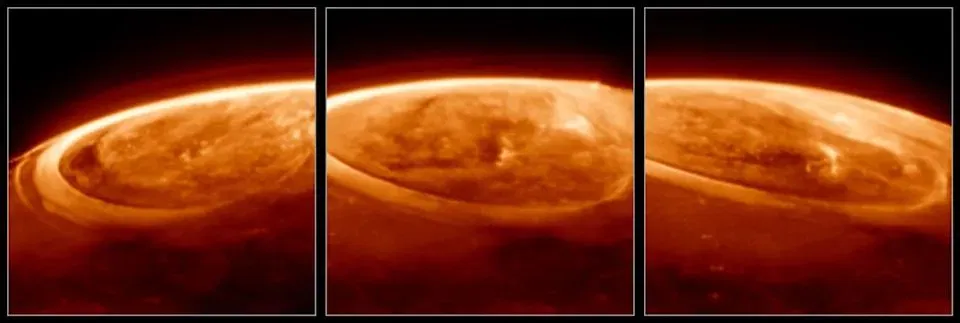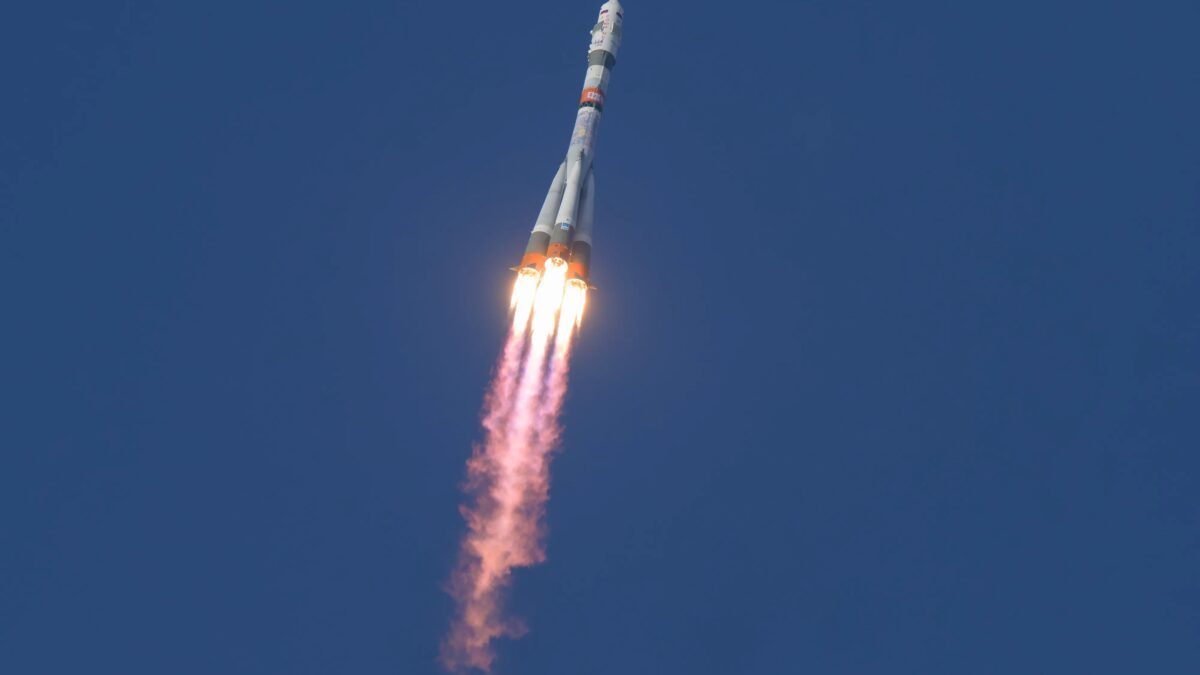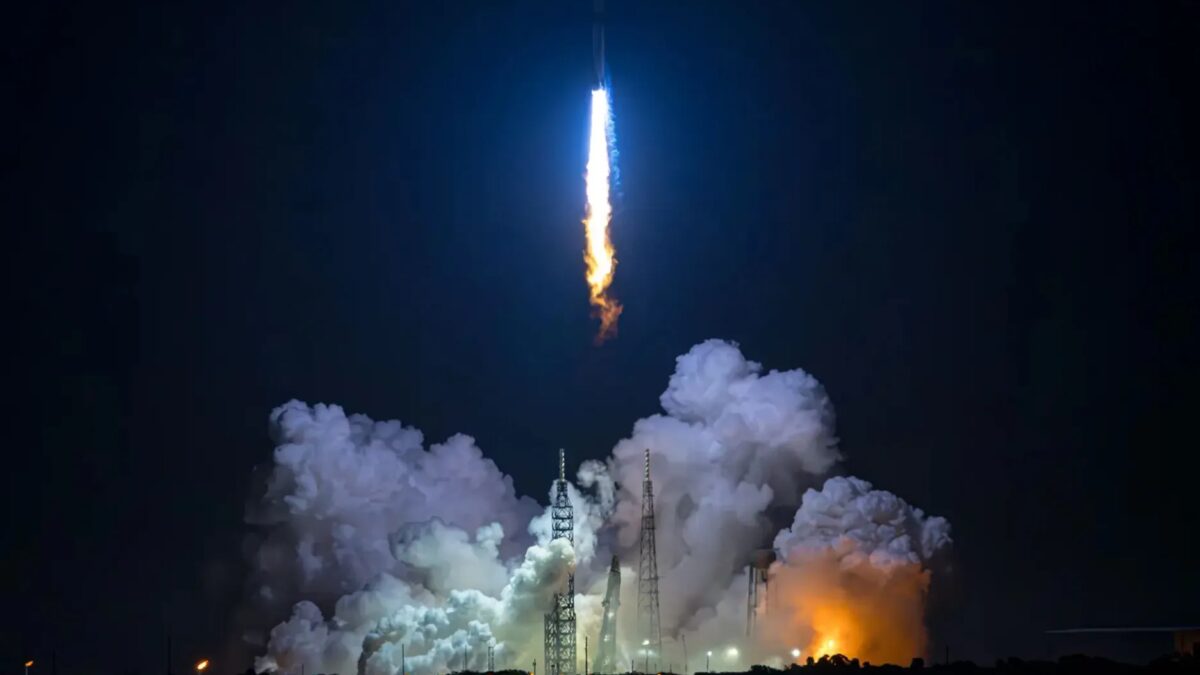The James Webb telescope has revealed spectacular auroras on Jupiteraaa

NASA has released new images from the James Webb telescope that capture the mesmerizing aurora borealis on Jupiter. These bright flashes in the atmosphere of the solar system’s largest planet are not only hundreds of times more powerful than Earth’s northern lights, but are also much more complex in nature.
They’re not only hundreds of times more powerful than Earth’s northern lights, but also much more complex in nature.
The NIRCam infrared images allow scientists to observe with unprecedented precision exactly how the auroras form and change over time. The research is being led by a team from the University of Leicester, led by Jonathan Nicholls.
Infrared images taken with the NIRCam camera allow scientists to see exactly how the auroras form and change over time.
Polar auroras aren’t just from the sun
While on Earth the auroras in the sky are caused by streams of charged particles from solar flares, Jupiter is more complicated. In addition to the solar wind, its powerful magnetic field captures charged particles from other sources – including the volcanic activity of its satellite Io. The result is a complex and multilayered system that has no direct analog in our atmosphere.








